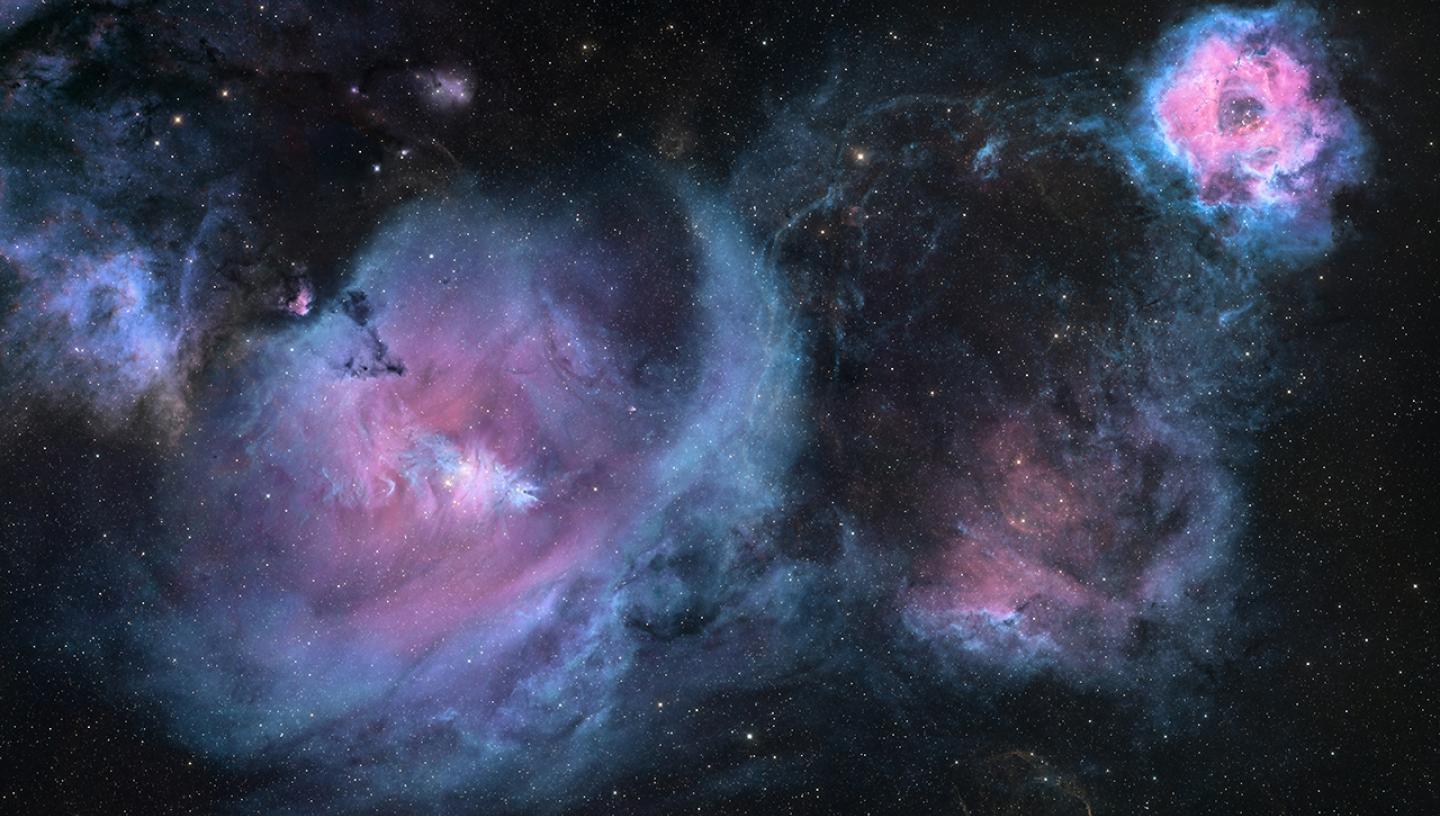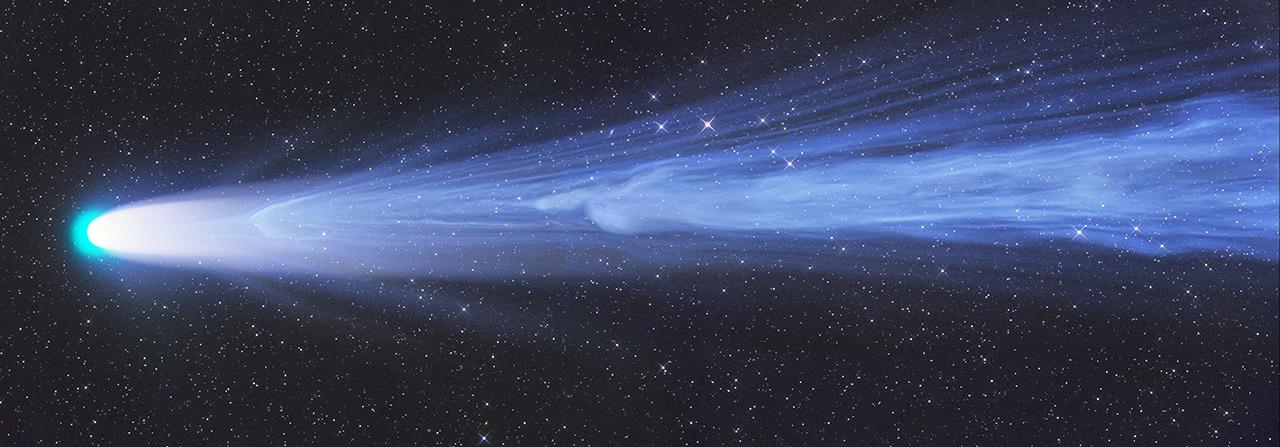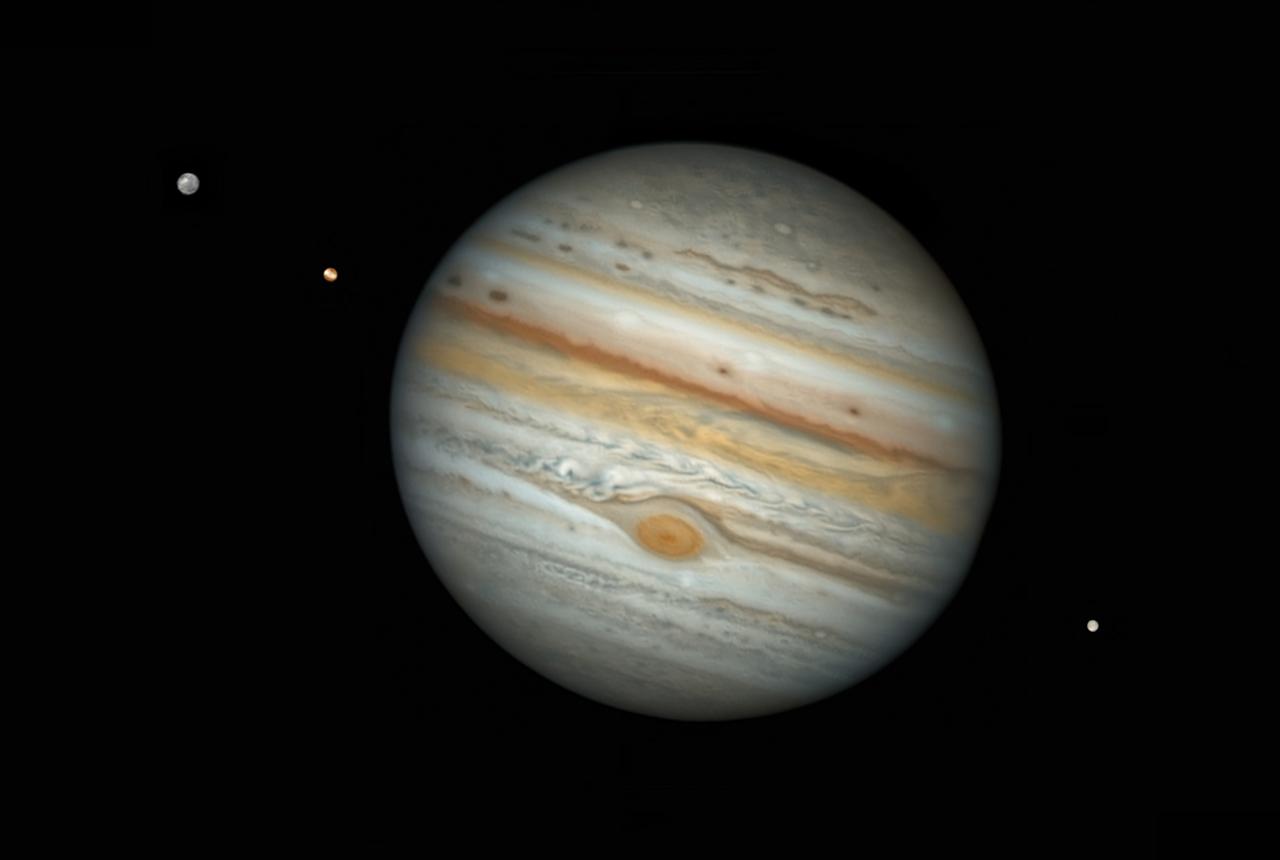
What could have been the Star of Bethlehem? Over the years many astronomical explanations have been suggested for this key aspect of the Christmas story.
The Christmas star in the Bible
Some of what we know of the Star of Bethlehem was originally included in St. Matthew’s Gospel, and some of it has come down to us as interpretation or embellishment.
There is no mention of there being three kings, only 'Magi' (wise men, magicians or possibly astrologers) who left three gifts. The Greek word, generally translated as 'star' (αστερα - astera/astra from which we get 'astronomy') can also mean planet, or could refer to other objects such as a comet.
There is no mention that the star is particularly bright, and it doesn’t have significance for anyone other than the Magi.
However, over the years there have been many possible explanations suggested for this element of the Christmas story. Is there an astronomical basis for the Star of Bethlehem?
Explanation 1: the Christmas star was a nova or supernova explosion
The idea that the Magi saw a nova or supernova explosion was hinted at by 17th century astronomer, Johannes Kepler, and has had many supporters since.
However, there is no Western record of such an event. Chinese records only have one possible mention of a nova or supernova over the potential time for Jesus's birth.
There is also no known supernova remnant, which we would expect to find if there had been a supernova at this time.
Explanation 2: the Christmas star was a comet
This explanation has its origins even further back in time, dating to early Christian theologian Origen in AD 248.
Again, Chinese records can be invoked but give no good support apart from the potential 5 BC nova/comet.
One advantage of the comet theory is that comets move across the sky. It had been argued that this fits the interpretation of the Gospel that the star 'moved' as it directed the Magi.
However, this same argument could be applied to an object moving with the stars if the journey of the Magi took some months. Most classical depictions of the nativity show the 'star' as a comet.
The photo above of Comet Leonard was taken on Christmas Day 2021 by astrophotographer Gerald Rhemann.
"Astronomy, myth and art come together beautifully in this shot," said competition judge Imad Ahmed, after the photo was awarded the top prize in the Astronomy Photographer of the Year competition 2022. "It holds great value to scientists, as it elegantly captures a disconnection event."
He continues, "Yet this photograph, which was taken on Christmas Day, seems to tell an otherworldly story too – it could be the Star of Bethlehem, an angel or a fairy soaring through the night sky.”
Explanation 3: the Christmas star was a conjunction of Jupiter and Saturn
Kepler is also associated with the idea that it was the close conjunctions of Jupiter and Saturn that created the 'star'.
In fact, three conjunctions took place where the two planets were close to one another in the sky, but they weren't close enough that they'd appear as one object.
However, such an event could have been of religious or astrological significance.
Explanation 4: the Christmas star was a stationary point of Jupiter
Jupiter, in its apparent path across the sky, is generally seen to move from east to west across the starry background.
Due to the relative movements of the Earth and the planets, this motion appears to slow and then stop as the planet reaches what is called a 'stationary point'.
The planet then appears to move from east to west for some days before again stopping and resuming its west to east movement. At the possible time of the birth of Christ in the Bible, one of the stationary points could have occurred when Jupiter was directly overhead at Bethlehem at the same time of night for several nights.
The disadvantage of this explanation lies in the lack of any rarity in the phenomenon, as it would happen every year.
Explanation 5: the Christmas star was a conjunction of Jupiter, Regulus and Venus
One other possibility includes a set of conjunctions of the planets Jupiter and Venus, and the bright star Regulus.
In this case, the mythologies associated with the objects become important.
Jupiter in Hebrew is known as ‘Sedeq’, which is often translated as meaning righteousness. Jupiter is also often viewed as being the 'king' of the planets.
Regulus itself is Latin for 'prince' or 'little king', and Venus is often viewed as a symbol of love, fertility and birth.
As such, the combination of these objects close in the sky could have led to the interpretation of the birth of the 'King of Kings'.

Astronomy Photographer of the Year exhibition
Main image: Comet and Mountain by Kevin Palmer, shortlisted in Astronomy Photographer of the Year 2019


